Tom Boonen & Fabian Cancellara: the greatest Classics rivalry ever?
Procycling magazine dissects their parallel careers
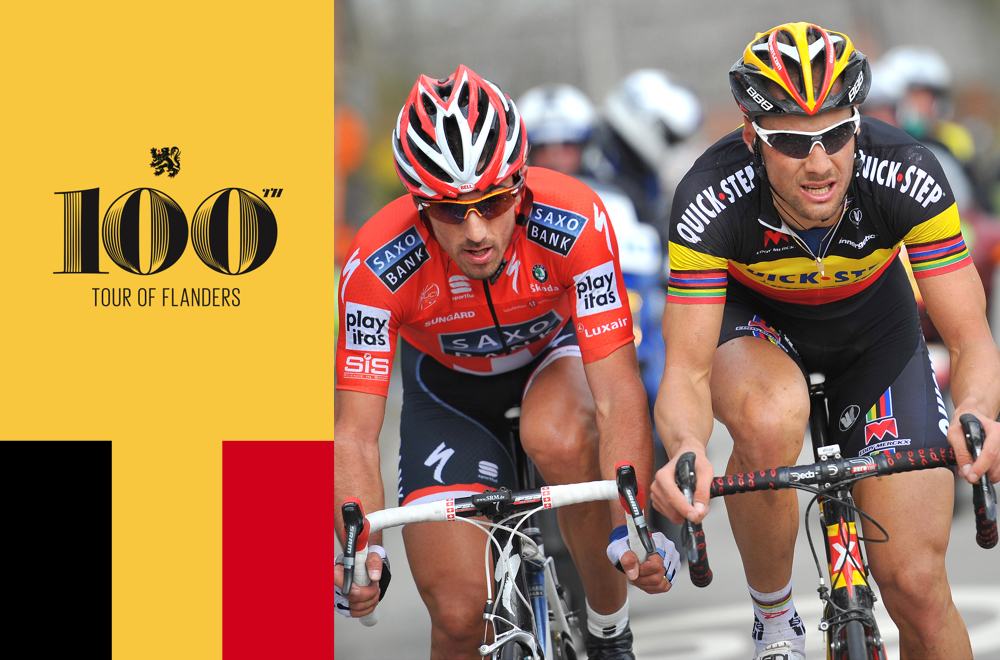
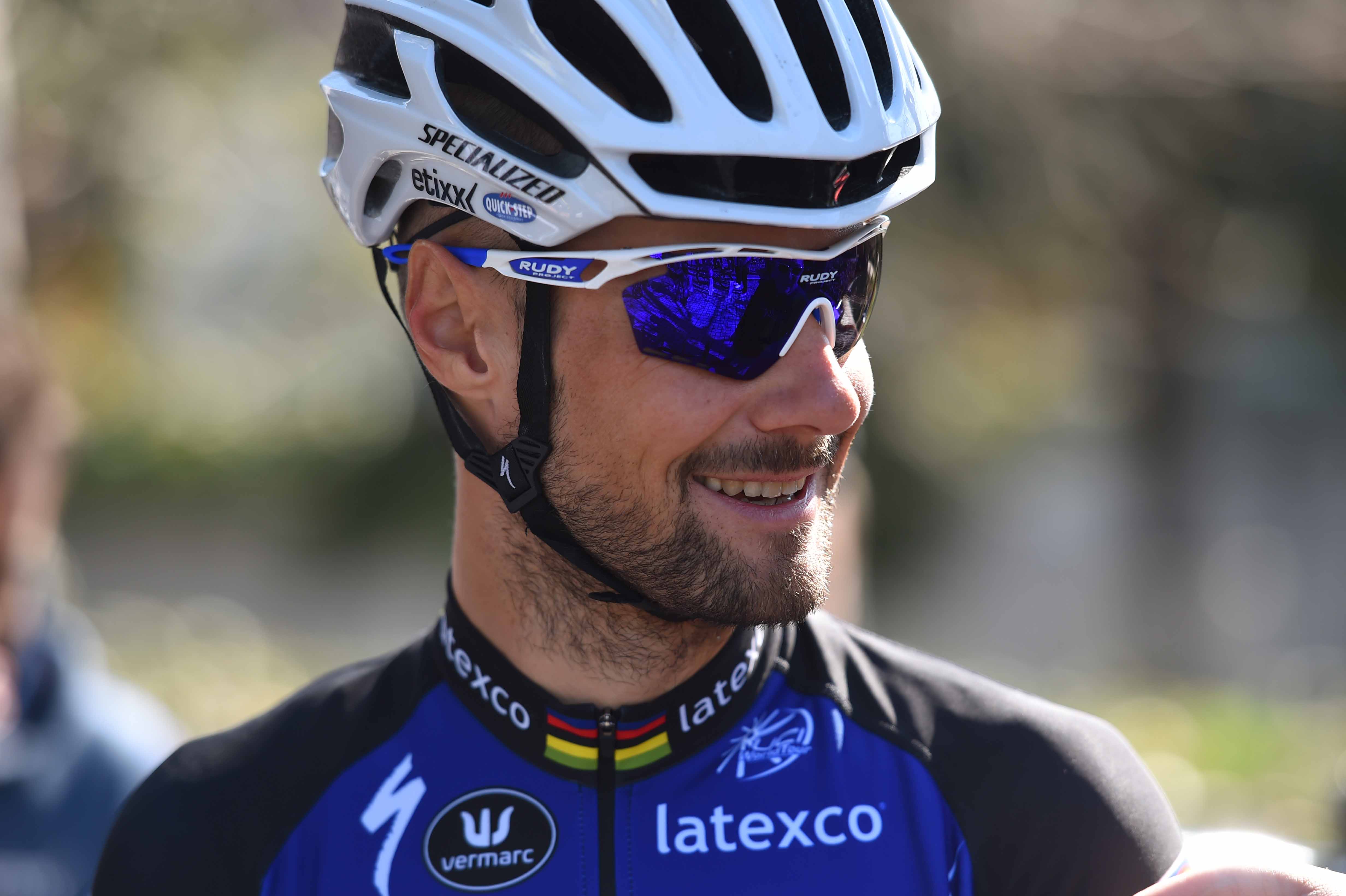
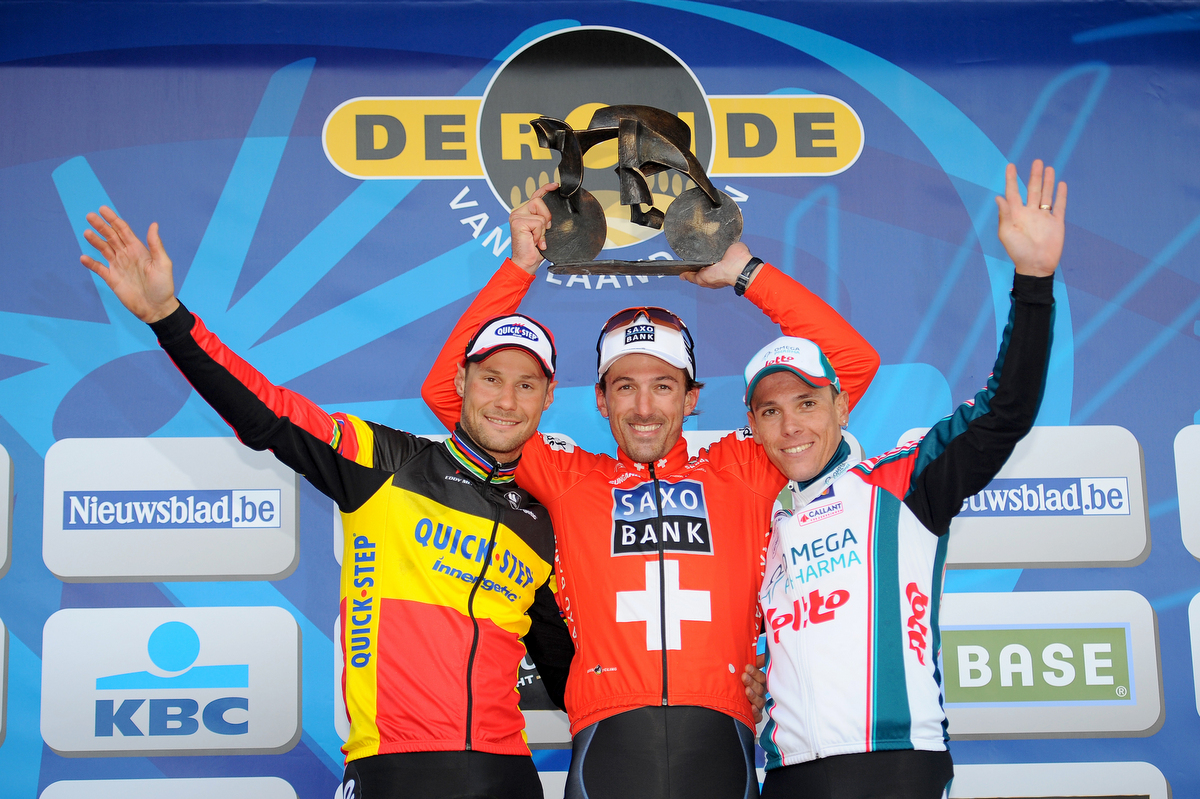
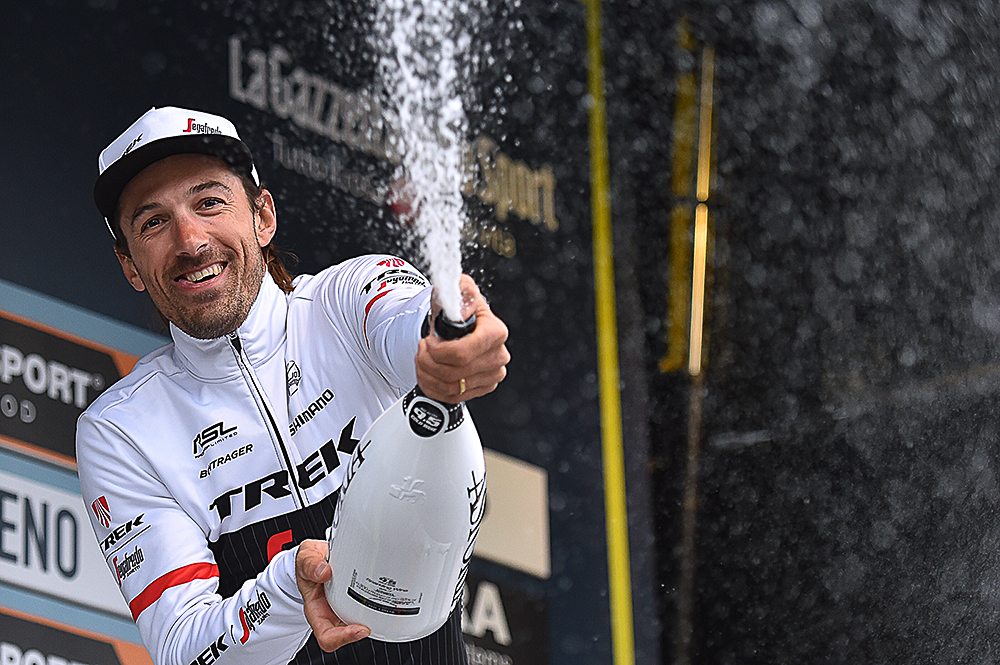
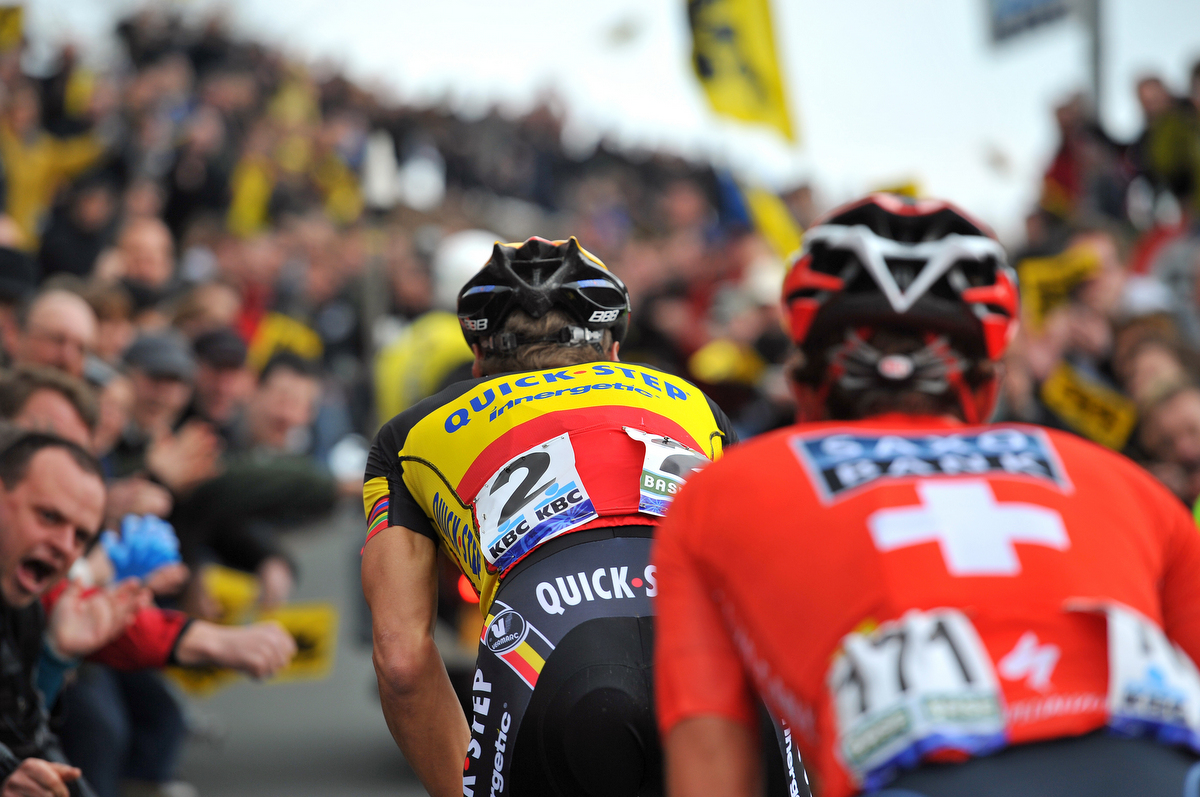
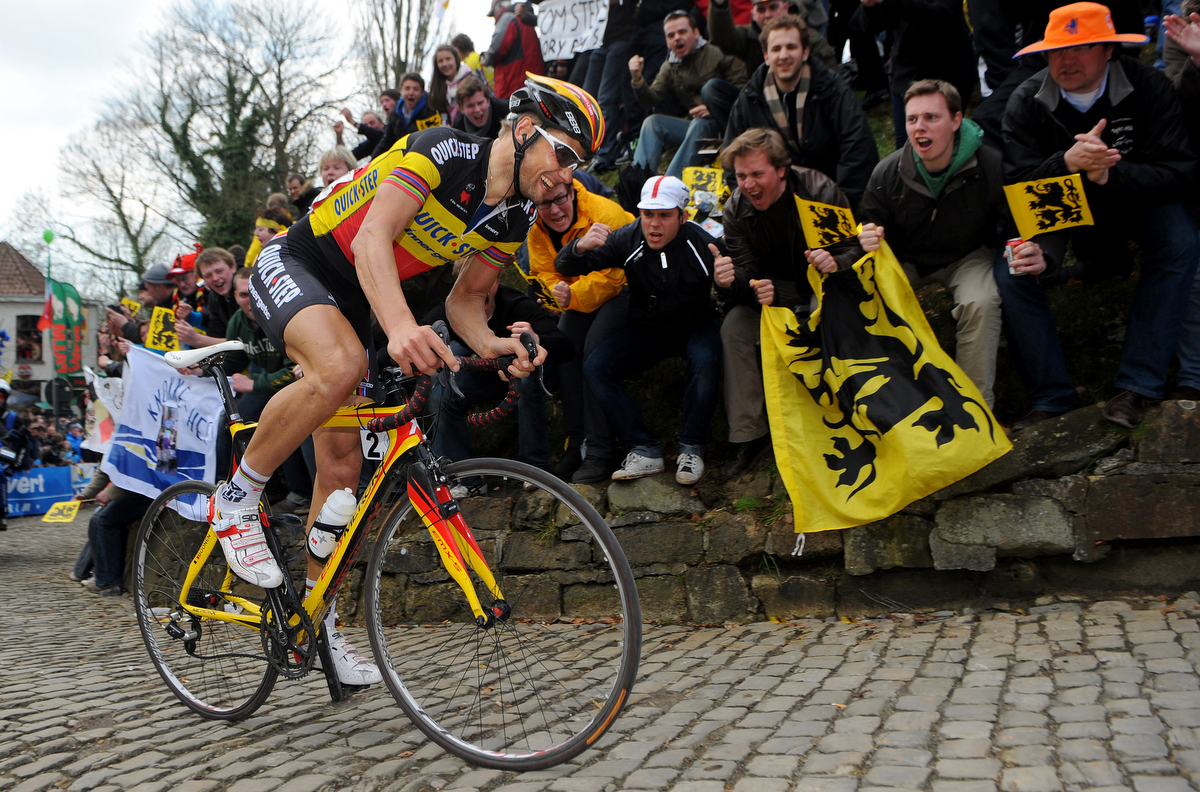
This feature first appeared in the April issue of ProCycling.
The last decade has indisputably been the era of Fabian Cancellara and Tom Boonen in the cobbled Classics. In this feature from the April issue of Procycling magazine, which is on sale now, Edward Pickering dissects their parallel careers and asks: what does their rivalry mean?
One image sums up an entire era: Tom Boonen and Fabian Cancellara, the champions of Belgium and Switzerland, pummelling their way across the Flemish Ardennes while the rest of the 2010 Tour of Flanders field is out of the race, trapped like flotsam in the backwash of their attack.
There was something resonant about the fact that Boonen and Cancellara were wearing bright national champions’ jerseys in their iconic, two-up, long-range escape in the 2010 Ronde, giving the moment a memorable visual impact, a gaudy palette to illustrate the scene. It was a Flemish landscape painted in Fauvist colours.
But even more than this, the escape summed up an era, a convenient metaphor for more than a decade of cobbled Classics: Tom Boonen and Fabian Cancellara, way ahead of the rest.
Boonen and Cancellara are once-in-a-generation talents, who happen to have come along at the same time. While both were energetic multi-taskers early in their careers – Boonen was also a sprinter, Cancellara also a time triallist – the truest expression of their talents has always come in the Classics. Boonen will hit out occasionally in a bunch finish these days, and Cancellara still wins time trials, but neither are the best in the world at these disciplines any more. However, even at the age of 35, they’ll still be among the top three or four favourites for the Tour of Flanders and Paris-Roubaix this year.
The greatest rivalry ever?
Get The Leadout Newsletter
The latest race content, interviews, features, reviews and expert buying guides, direct to your inbox!
There haven’t been many rivalries like that of Boonen and Cancellara in cycling. In the Grand Tours, Anquetil, Merckx, Indurain and Hinault never had consistent opponents anywhere near their level. In the Classics, Merckx and Roger De Vlaeminck’s rivalry was gingered up by Belgian national politics – Merckx was from Brussels, De Vlaeminck was a Flandrian, and it would be easy to see their clashes as some kind of sporting version of Belgium’s dysfunctional cultural make-up. But this would be to overlook the fact that on a sporting level, Merckx was a lot better than De Vlaeminck. A true rivalry, one that really captures the public’s imagination, needs two protagonists who are close in ability – Gino Bartali and Fausto Coppi were probably the closest precedent, although Bartali was five years older than Coppi, so the sweet spot of the rivalry, when they were both near their best, only lasted for five years, after World War Two.
The 2010 Tour of Flanders metaphor breaks down about halfway up the top section of the Muur van Geraardsbergen, where Cancellara attacked Boonen and left him behind. That day, that year, Cancellara was better. Looking at their careers as a whole, it’s harder to say who was the better rider. At the same time, it’s a difficult question to answer, because one of the other defining characteristics of their rivalry has been that they rarely clashed when both were at their best.
Boonen got better sooner at the cobbled Classics. By the time Cancellara won his first, the 2006 Paris-Roubaix, Boonen had won seven: Gent-Wevelgem, Paris-Roubaix, the Tour of Flanders (twice), E3 Harelbeke (twice) and Scheldeprijs. When Cancellara was dominant, in 2010, Boonen was suffering from a small mid-career crisis, having tested positive for cocaine in 2007, 2008 and 2009. It was looking like the prediction he’d made early on, that he’d retire at 30, would be fulfilled.
In 2012, when Boonen dominated, it was in part because Cancellara crashed out of Flanders and broke his collarbone, while in the next two years, which saw a resurgence from Cancellara, injuries and crashes blighted both Boonen’s preparation for, and his participation in, the Classics. 2015 was even worse – Boonen crashed in Paris-Nice and ruled himself out of the Classics, and Cancellara cracked two vertebrae in E3 Harelbeke. Cycling fans have been waiting a long time to see the best two Classics riders of a generation actually race each other in their best form.
The rivalry in numbers
What does the Boonen-Cancellara rivalry mean? On a very basic level, it gives cycling fans a chance to compare the two riders and try and work out who is best. That’s the point of sport, after all. But even that simple question becomes an almost impossible one to answer – the score may be seven Monuments each, but how do Cancellara’s 29 days in the Tour’s yellow jersey compare to the fact that Boonen has actually won the green jersey? Do Cancellara’s 16 world and national TT titles stack up better than Boonen’s world road race championship rainbow jersey? Cancellara’s won Milan-San Remo, unlike Boonen. But Boonen’s won Gent-Wevelgem three times and E3 Harelbeke five times, while Cancellara has ‘only’ won the latter three times.
Look at the total number of race wins, and Boonen is ahead, 118 to 89. But there are more sprints than time trials in bike racing, and there were five years in the middle of Boonen’s career where he was averaging 16 wins a year – the most Cancellara’s ever won in a season is 11. Both riders are in possession of an astonishing record of wins – Boonen has won at least one race every season since 2002. Cancellara is even better – he’s won at least one race a year since 2001, including this year. In recent cycling history, only Robbie McEwen can boast an equal record to Cancellara’s 16 consecutive years of wins.
On a more profound level, their rivalry illustrates perfectly the complexity and richness of cycling. Somebody with no knowledge of cycling, except that the Tour de France is by far the world’s biggest race, might ask how Boonen and Cancellara can possibly be considered as two of the greatest of all time, when the highest GC finish either has achieved at the Tour is 62nd. Boonen’s record in the French race is: started six, finished two. But cycling can accommodate Boonen and Cancellara as champions of the Classics, and also accept that one was a top sprinter, and the other a top time triallist.
2016 is going to be the last time these riders meet in their favourite events. Cancellara has pledged to retire at the end of the year, while Boonen is non-committal about the future. But even with such a strong contingent of younger contenders in the cobbled Classics, such as Alexander Kristoff, Peter Sagan, Greg Van Avermaet and Sep Vanmarcke, it wouldn’t be at all surprising if Cancellara or Boonen wins at least one. What wouldn’t we all give for a reprise of the 2010 Tour of Flanders, one last head-to-head battle between two of cycling’s greatest ever champions?
Edward Pickering is Procycling magazine's editor. He graduated in French and Art History from Leeds University and spent three years teaching English in Japan before returning to do a postgraduate diploma in magazine journalism at Harlow College, Essex. He did a two-week internship at Cycling Weekly in late 2001 and didn't leave until 11 years later, by which time he was Cycle Sport magazine's deputy editor. After two years as a freelance writer, he joined Procycling as editor in 2015. He is the author of The Race Against Time, The Yellow Jersey Club and Ronde, and he spends his spare time running, playing the piano and playing taiko drums.